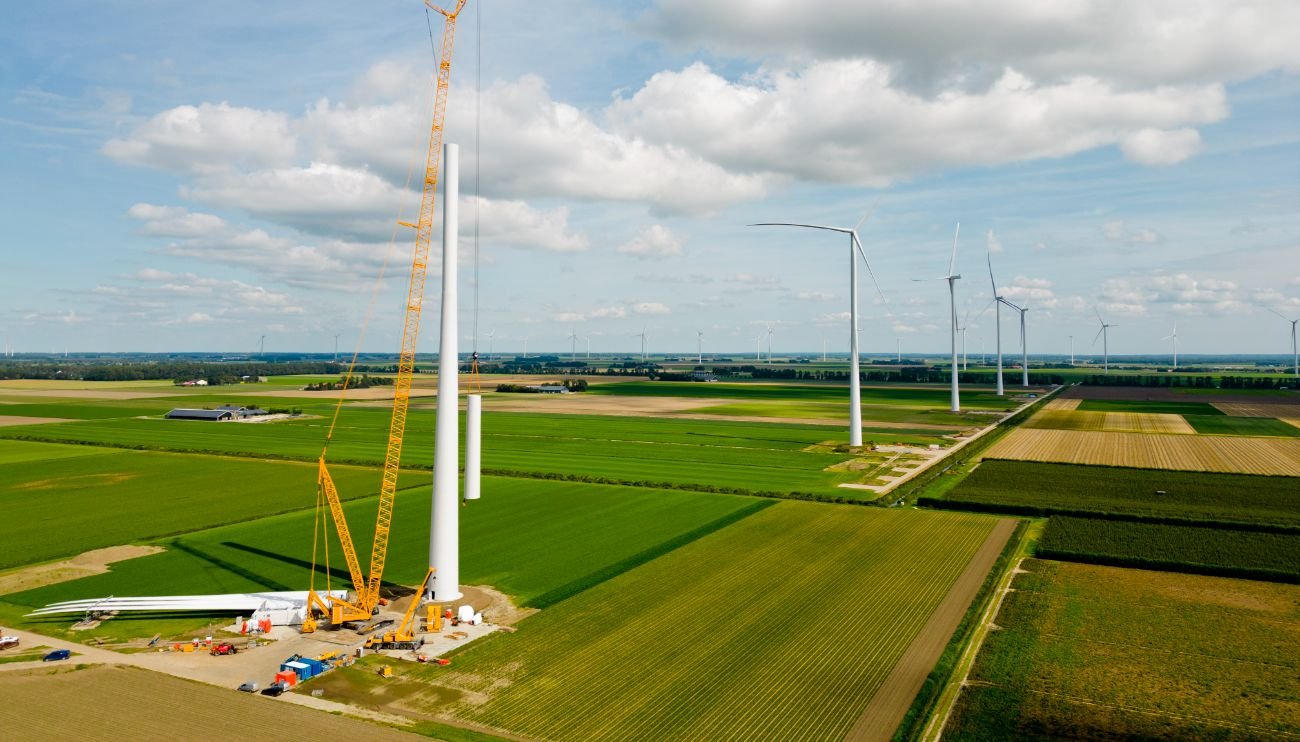Summary
- The world needs to significantly increase renewable energy capacity by a minimum of 16.4% annually through 2030 to meet the tripling renewable energy target pledged at COP28
- Despite the unprecedented 14% increase in renewables capacity in 2023, the world is still at risk of falling short of the target by 13.5% if current growth rates continue
- There is a regional disparity in renewables deployment, with Asia leading in global renewable power generation while Africa’s growth remains modest
Record growth in renewables must be significantly topped up in the remaining 7 years to meet the UAE Consensus energy target set at COP28
Abu Dhabi, United Arab Emirates, 11 July 2024 – The Renewable Energy Statistics 2024 released by the International Renewable Energy Agency (IRENA) today shows that despite renewables becoming the fastest growing source of power, the world risks missing the tripling renewables target pledged at COP28. To stay the course, the world will now have to grow renewables capacity at a minimum 16.4% rate annually through 2030.
The unprecedented 14% increase of renewables capacity during 2023 established a 10% compound annual growth rate (2017-2023). Combined with the constant decreasing additions of non-renewable capacity over the years, the trend sees renewable energy on its way to overtake fossil fuels in global installed power capacity.
However, if last year’s 14% increase rate continues, the tripling target of 11.2 Terawatts (TW) in 2030 outlined by IRENA’s 1.5°C Scenario will fall 1.5 TW short, missing the target by 13.5%. Furthermore, if the world keeps the historic annual growth rate of 10%, it will only accumulate 7.5 TW of renewables capacity by 2030, missing the target by almost one-third.
IRENA Director-General, Francesco La Camera said, “Renewable energy has been increasingly outperforming fossil fuels, but it is not the time to be complacent. Renewables must grow at higher speed and scale. Our new report sheds light on the direction of travel; if we continue with the current growth rate, we will only face failure in reaching the tripling renewables target agreed in the UAE Consensus at COP28, consequently risking the goals of the Paris Agreement and 2030 Agenda for Sustainable Development.”





